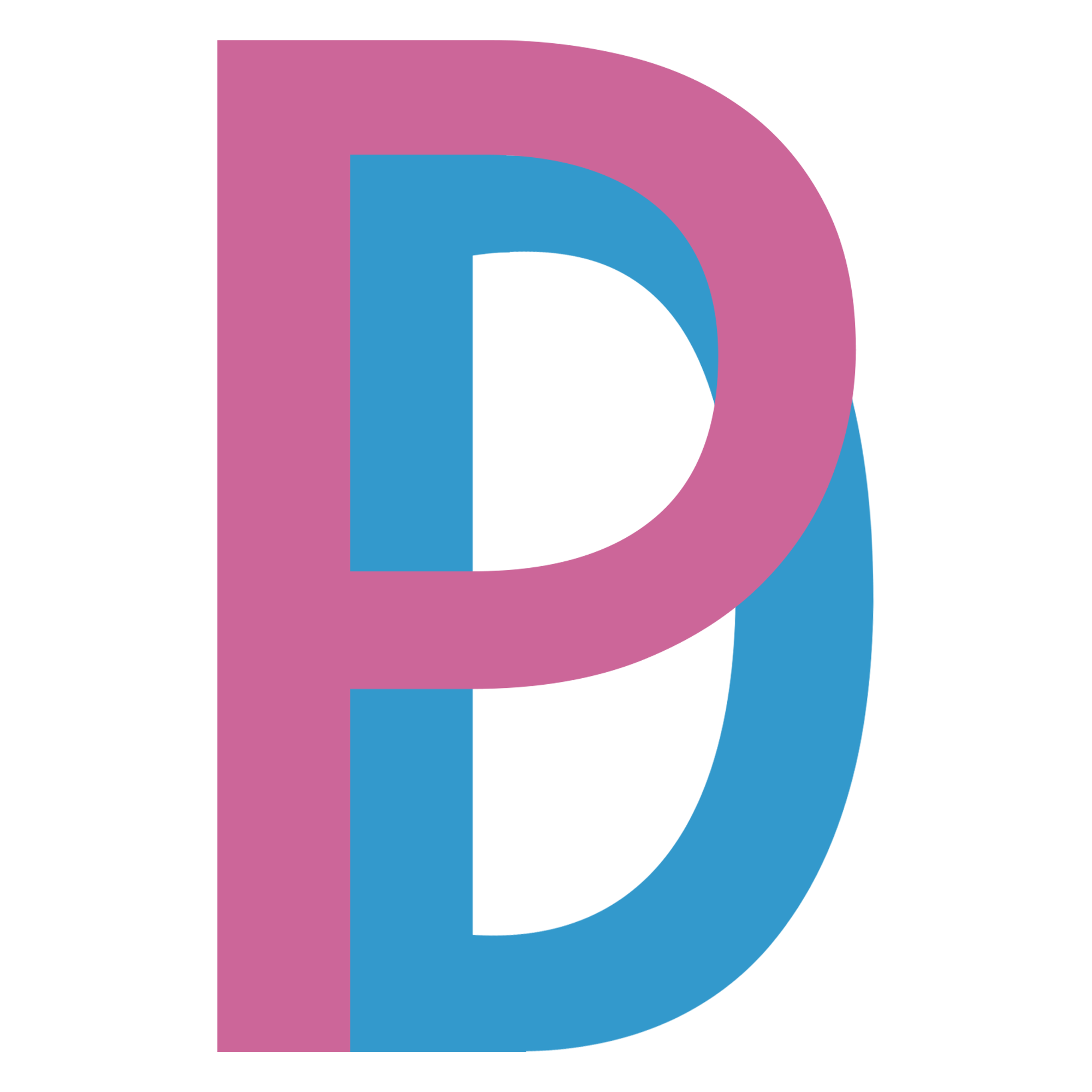Service design would be the key:
This field is already considered as the final phase of design’s evolution now that product, Graphic, and Web have all blended into each other. The two-parent fields of Graphic design and Industrial design produced UX design 10 years ago. Now an even more critical design field has been given birth by this holiest of unions. As manufacturers, corporates and governments make more and
more use of automation, AI, and Technology replacing the “moody and emotional” human workers, the bureaucracy, and the inefficiency of systems and products will now be seen as a bigger speed-breaker than ever. Service designers would now make use of IoT and AI to organize systems into more user-oriented and focussed processes. Products and branding will also now be subservient to this union of service design, as these become less individualistic. Products now have to fit in with dozens of other products/ systems, and service designers will be forced to design accordingly. Additive manufacturing would result in a service design that will oblige the customization of products in large numbers. The final stage of design is now to dictate how a fuzzy and abstract experience can now be measured and then quantified resulting in smooth and efficient services. IDEO itself has already started to venture into systems and service design with far less focus on traditional industrial and graphic design.
From luxury to minimalism:
Product design and industrial design had always given priority to the shape and feel of products, treating them as special artistic things that are a statement on their own. However, in an endlessly tanking economy, we will see the lesser and lesser need for conventional industrial designers. The consumers will place more
emphasis on practicality and cost than luxury, while manufacturers will cut down on design spending. The design has to change its reputation of being a bureaucratic and end-less process. It will instead have to leverage its strength on demonstration of the cost-benefit. We might see a downward trend in the demand for industrial design. Let us be ready for more ruthlessly brutal minimal design as companies try to cut costs.
Consumers are now aware of how painful is to mess with nature. Accordingly, there will be an accelerated focus on how we can instead create sustainable solutions.
Form to experience:
The evolution of design from structure to form to experience will be even breathlessly rapid. User experience will be more and more focused upon. Now that we are locked into our homes with almost nothing else than the digital world, the internet will have a suffocating grip over our lives. The experience factor of digital products and services will now transition to now many sectors like IoT, VR, and AR. Moreover, virtual asset design will be the future of industrial design. We will create and design virtual products that function like real ones. We will have to design packaging, branding, and products that interact with other forms of technology. Connected and augmented experiences may have an additional dimension to design. While earlier design concerned itself with form and structure, we will now see space, process, and interface as the new dimensions. “Experience “will now have to work with how a product fits in with other products as well as how the same product can interact with its users far beyond physical.
Necessity is the mother of invention, and a full-blown crisis is a great catalyst for driving full-speed innovation. The design world saw it during the influenza pandemic of 1918-1920. History is repeating itself, also in design – albeit now in product and service design


